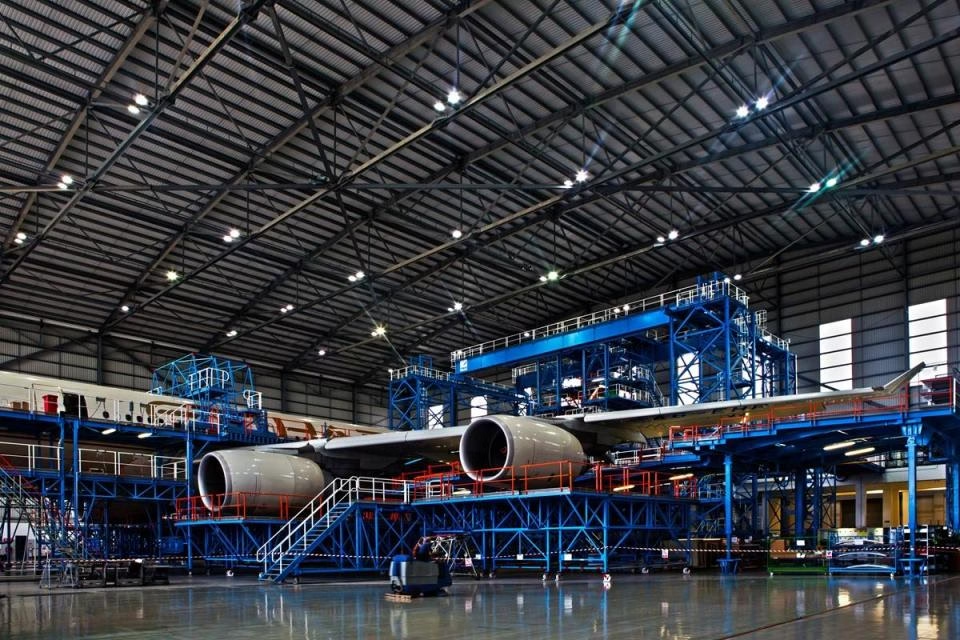The engineering sector is facing a significant talent shortage that could impede the realization of long-term national visions like Vision 2050. With rapid technological advancements and increasing demand for skilled professionals, the gap between available talent and industry needs is widening. According to Korn Ferry’s Global Talent Crunch study, the world could face a talent deficit of over 85 million workers by 2030, resulting in approximately $8.5 trillion in unrealized revenue.
This talent crisis affects various sectors, including manufacturing, technology, and data centers. For instance, data center operators are struggling to find skilled engineers to manage power-distribution systems, while the semiconductor industry is grappling with rigid hiring practices that overlook diverse skill sets and experiences. To address this issue, companies are exploring alternative approaches, such as partnering with universities to build robotics labs, launching specialized programs, and offering flexible work arrangements.
Governments and organizations must work together to develop a comprehensive talent strategy, prioritizing education, training, and upskilling of existing workforces. By rethinking traditional talent models and embracing diversity, creativity, and flexibility, industries can build a more resilient and innovative workforce. This approach will be crucial in driving growth, innovation, and competitiveness in the face of a looming talent crisis.








